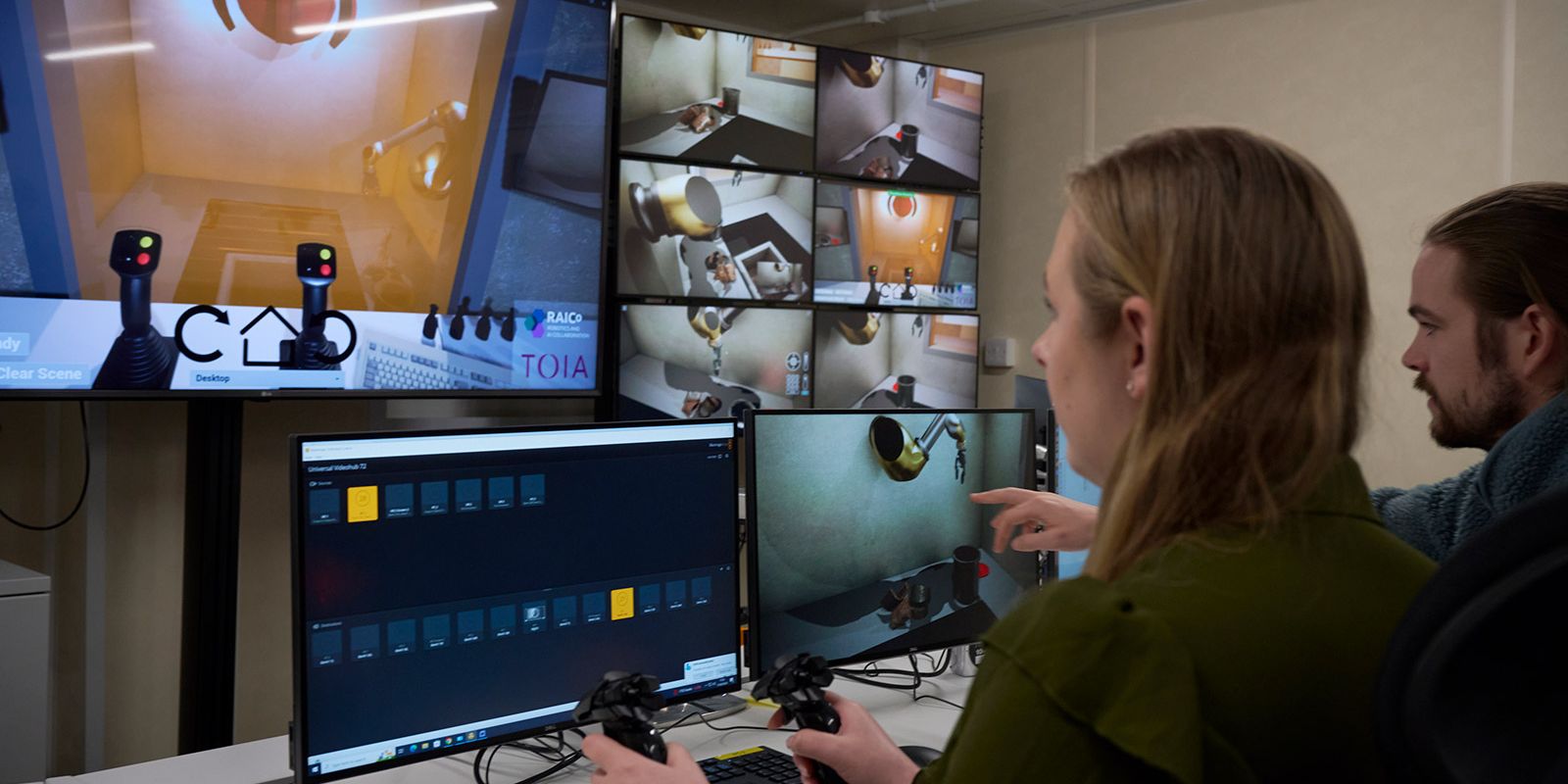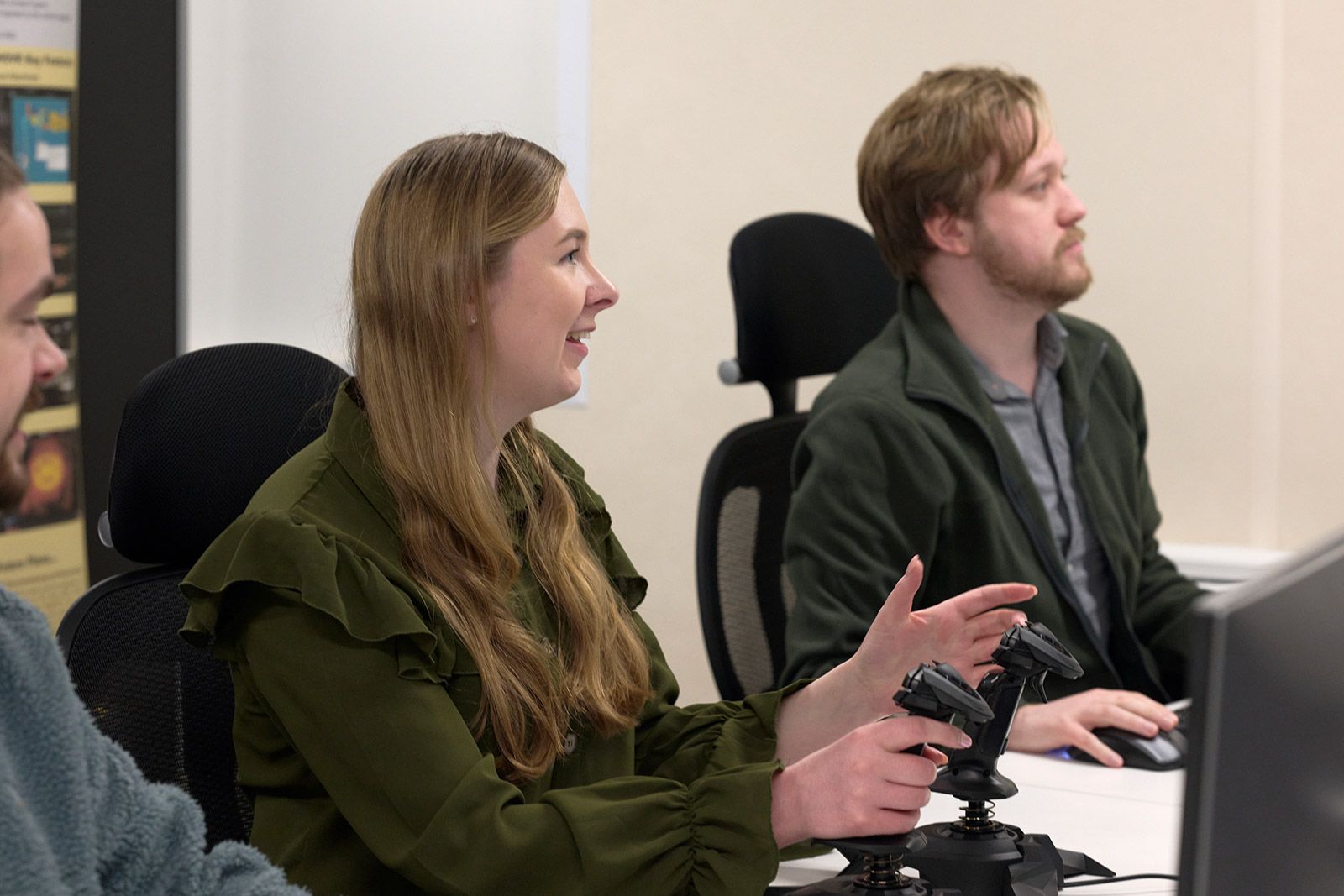Digital Infrastructure

Under the Digital Infrastructure theme, RAICo develops software to support operations engineers to make informed decisions and execute them in a controlled way at every stage of the remote operations lifecycle.

Generic software platforms – RHOVR & OMS
The Core of this work is two generic software platforms, Remote Handling Operations Virtual Reality (RHOVR) and Operations Management System (OMS). They provide a fully virtual 3D sandbox in which new operations can be quickly developed in the office and captured in a structured database, and later executed in the control room.
OMS has been successfully deployed to the JET Remote Handling team for use in all JET task development and operations, in the office and the control room. All legacy data, comprising 150 of sequences and 12,000 assets capturing 25 years of operations knowledge, has been seamlessly migrated from the previous system.
The RHOVR software has been rolled out to all JET users and has made a huge impact on the engineers who are able to better plan, rehearse and monitor operations. This software is proving crucial to JET’s decommissioning activity as there are an estimated 20,000 individual assets that need to be interacted with by operators.

Prototype systems – SPOCK & CPPT
We have also been working on two prototype systems, SPOCK (Single Point Operator Control Kit) and CPPT (Cut Path Planning Tool), which leverage the power of RHOVR and OMS for extension to specific decommissioning use cases.
SPOCK seeks to rethink the entire end-user experience by combining elements of RHOVR, OMS, robot user interfaces and camera views into a single front-end interface. The goal is to reduce the cognitive load that has previously been placed on operators, who must otherwise continuously integrate information from these disparate systems in their heads, reducing operational efficiency.
CPPT extends RHOVR with the capability for users to draw cut paths with a simple point-and-click interface, and simulate the resulting laser cut. The aim is to increase the efficiency of developing size reduction strategies, which can be very time-consuming, and lower the skills barrier for operators to execute those cuts with robots.